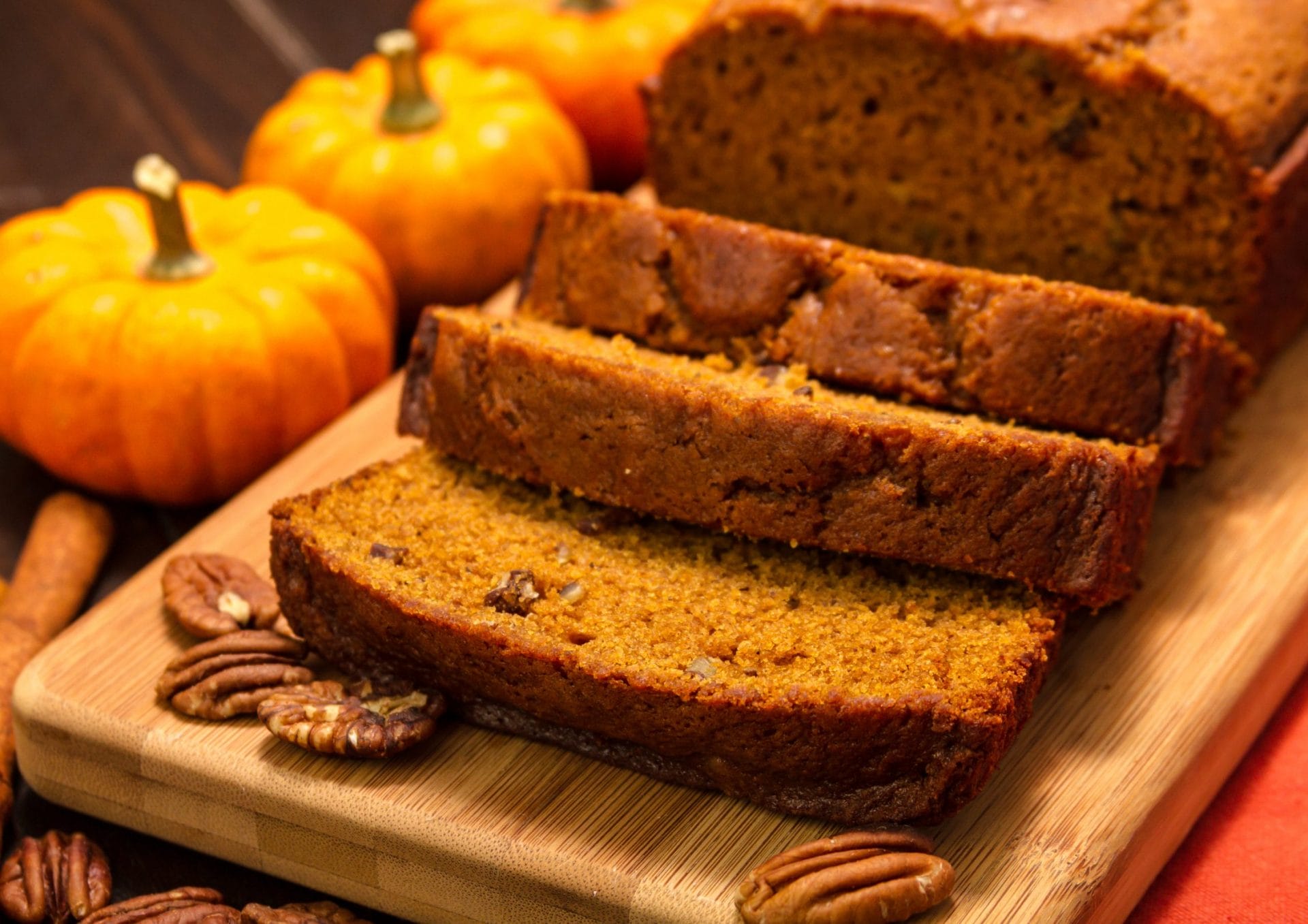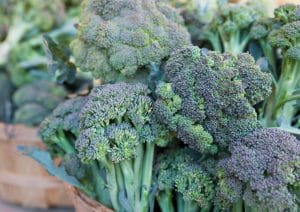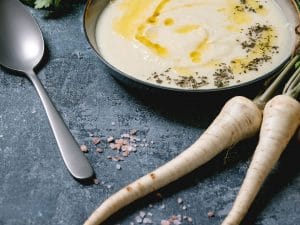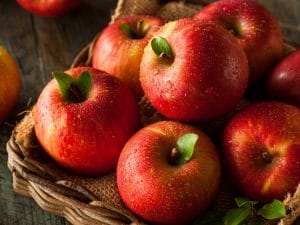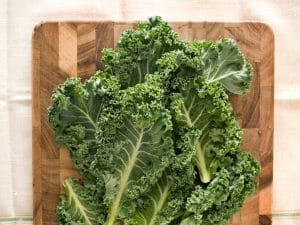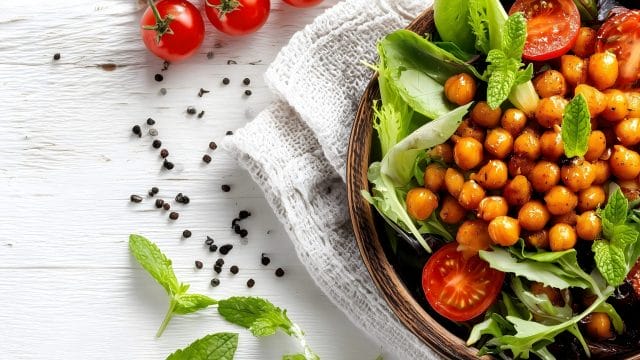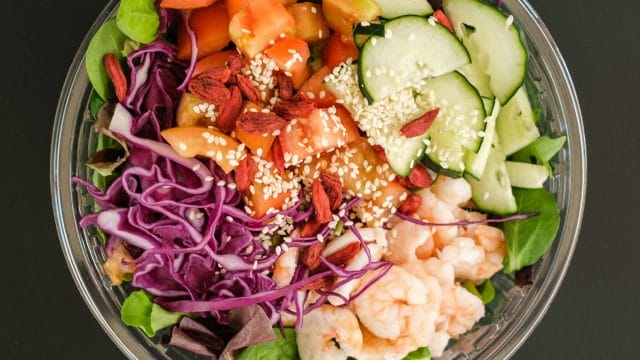Purchasing seasonal foods comes with many advantages, such as enjoying produce at its freshest, saving money, backing local farmers, and minimizing environmental impact. Check out some of the delicious foods that are in season this Fall!
Pumpkin: Pumpkin reaches peak harvest in the fall, thriving in cooler temperatures that help develop its naturally sweet, earthy flavor and dense, vibrant flesh. It is rich in beta-carotene, fibre, and vitamins A and C, which support brain health, vision, immune function, and a healthy gut. Beyond its nutritional benefits, pumpkin is incredibly versatile—perfect for roasting, pureeing into soups, baking into pies, or incorporating into hearty autumn stews—making it a staple ingredient for both flavour and wellness during the season.
Nappa Cabbage: Napa cabbage is typically harvested in the cooler months of fall, with crisp leaves that become sweeter as temperatures drop. Rich in fibre, vitamin C, and antioxidants, it supports a healthy gut, immune function, and brain health, making it a versatile ingredient for salads, stir-fries, and fermented dishes like kimchi.
Cranberries: Cranberries are a quintessential fall fruit, harvested in late September through November, often grown in bogs where cool, wet conditions help develop their tart, vibrant flavor. They are rich in antioxidants and polyphenols, which support brain health, cardiovascular function, and healthy inflammation response. High in vitamin C and fibre, cranberries also promote a balanced gut microbiome and may help protect urinary tract health.
Sweet Potatoes: Sweet potatoes are a fall favorite, harvested from late summer into early autumn, with cooler weather helping to concentrate their natural sugars and enhance their flavor. Packed with beta-carotene, vitamin C, and fibre, they support brain and eye health, stabilize energy levels, and promote digestive wellness. Their naturally sweet, creamy texture makes them ideal for roasting, baking, or adding to hearty fall dishes.
Grapes: Grapes reach their peak in late summer and early fall, when the balance of warm days and cool nights enhances their sweetness and juiciness. Rich in antioxidants and natural compounds like polyphenols, they help protect the brain, support heart health, and promote overall cellular health.
Rapini: Rapini typically has two growing seasons: late fall and winter for varieties planted in late summer or early fall, and late spring to early summer for those planted in early spring. Cool weather, particularly after the first frost, enhances its flavor.
Parsnips: Parsnips are typically harvested in the fall and early winter, with flavor improving after the first frost. The cool weather helps convert their starches into natural sugars, giving them a sweet, nutty taste perfect for roasting, mashing, or adding to soups and stews. Rich in fibre, folate, and antioxidants, they support a healthy gut and brain, helping with mood, memory, and cognitive function.
Apple: Apples are typically harvested in late summer through early fall, with cool weather enhancing their crispness and natural sweetness. Packed with fibre, vitamin C, and antioxidants, they support a healthy gut and brain, helping with digestion, mood, and cognitive function.
Kale: Kale is a hardy leafy green that grows best in the cooler temperatures of fall, which can make its leaves sweeter and more tender. Rich in vitamins, antioxidants, and fibre, it supports cognitive function, heart health, and a balanced gut.

